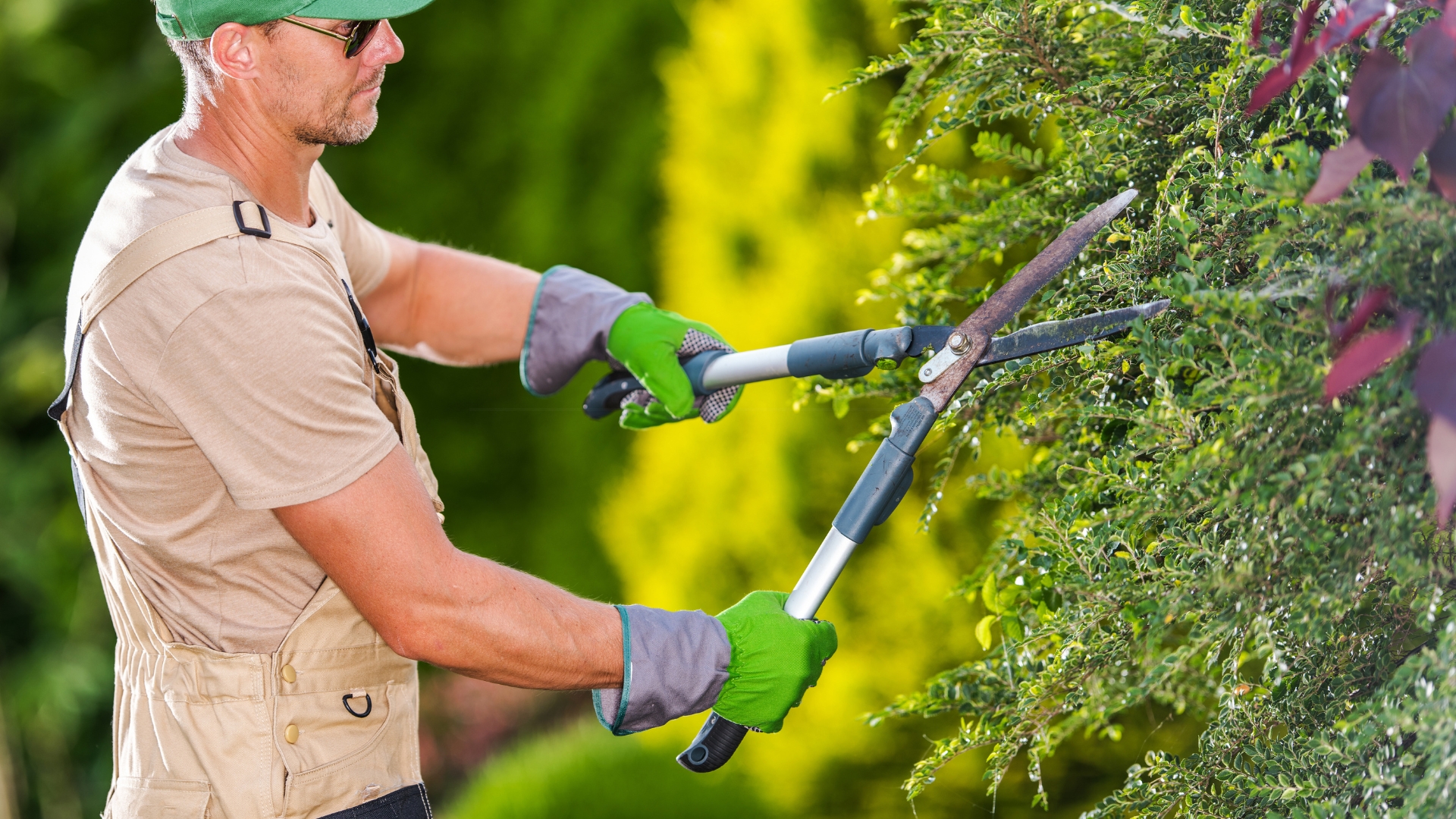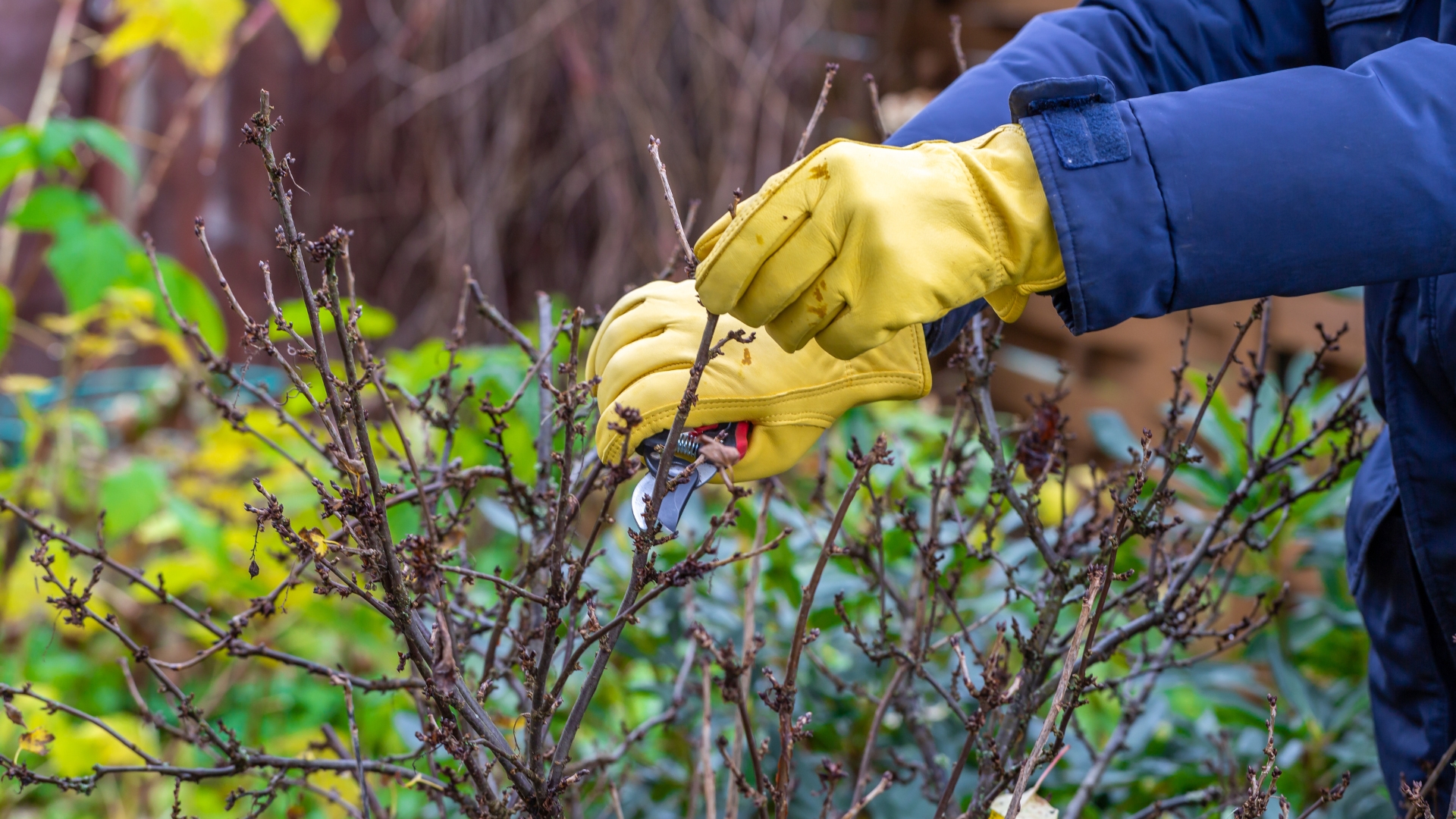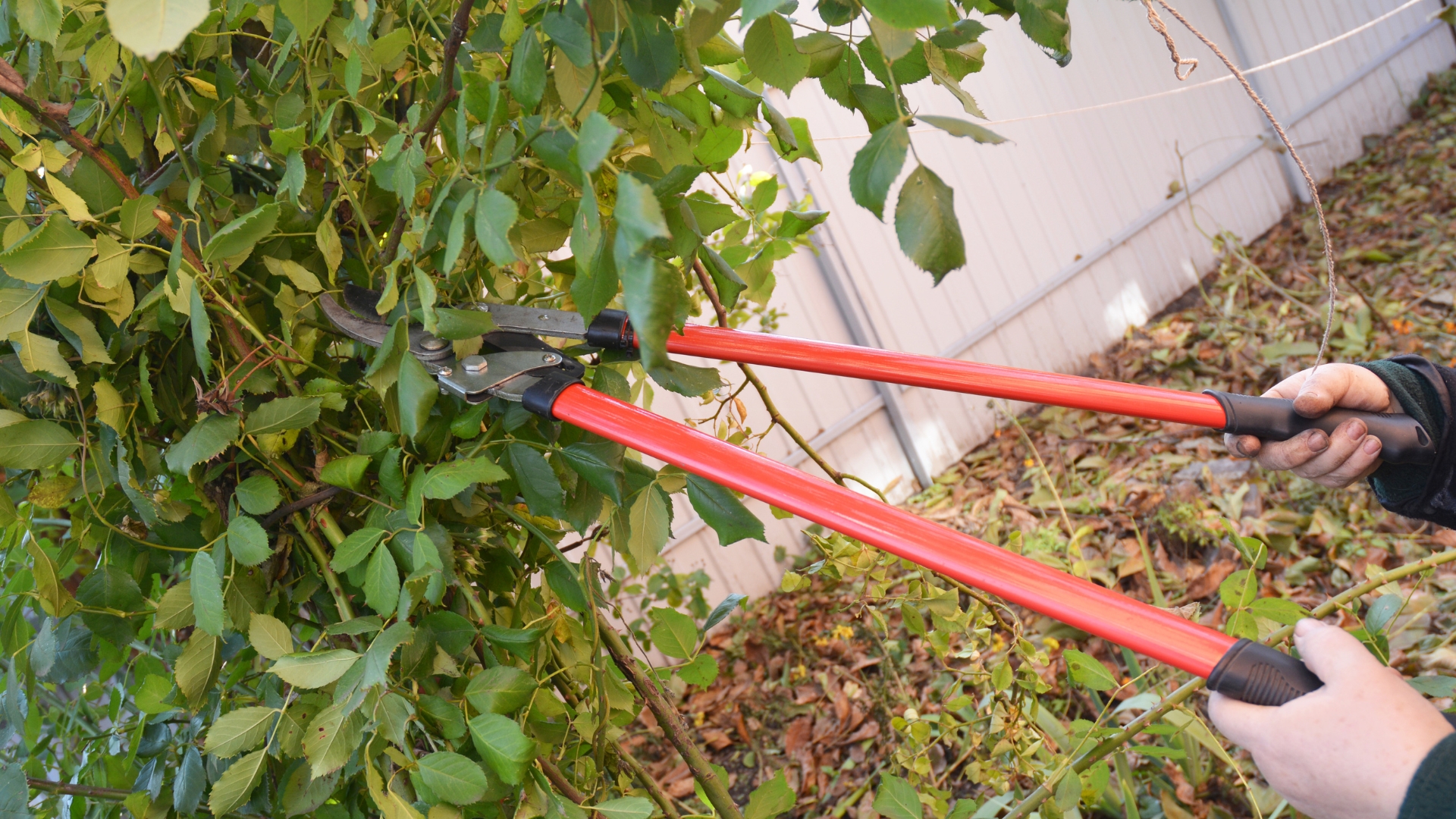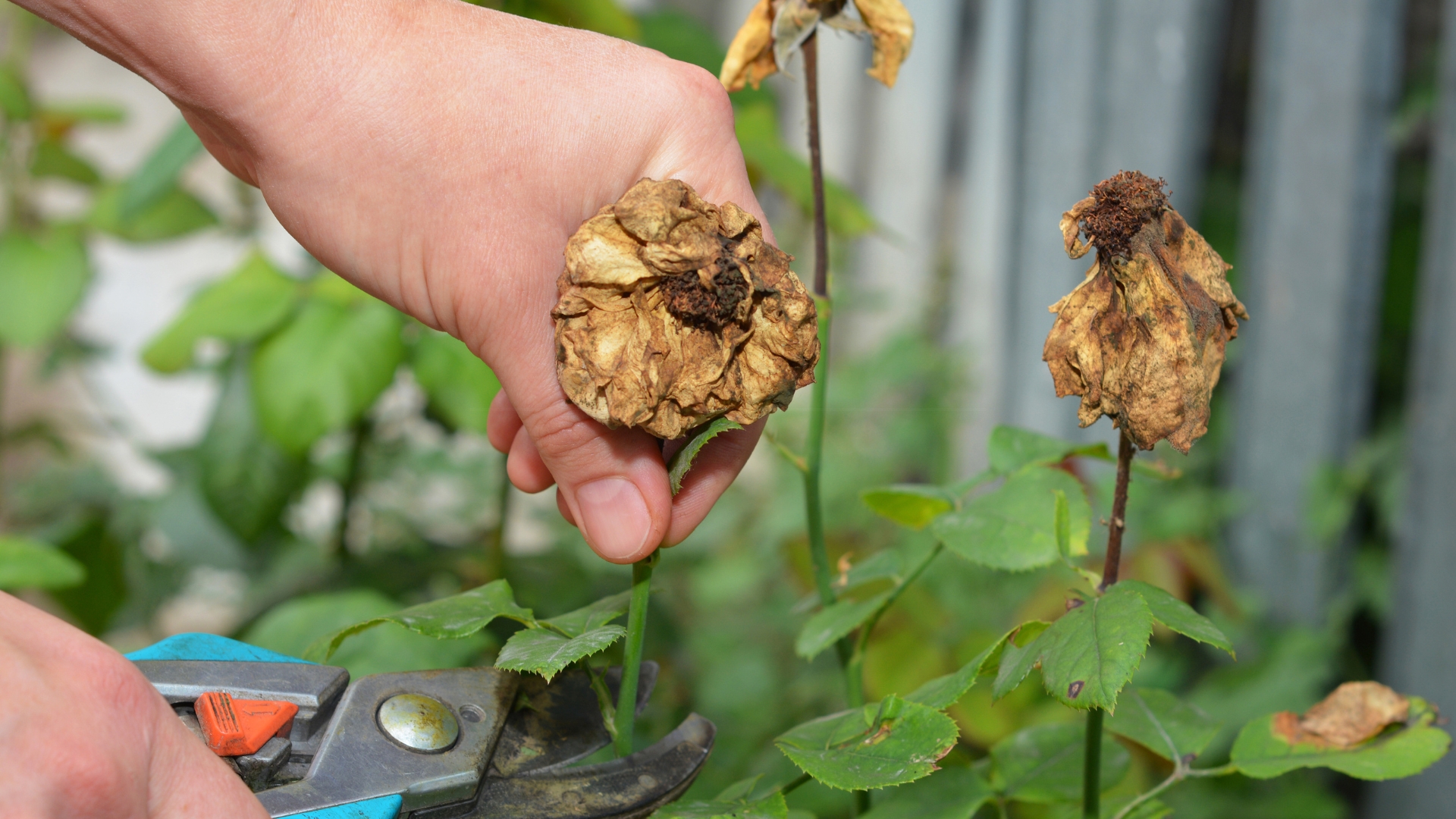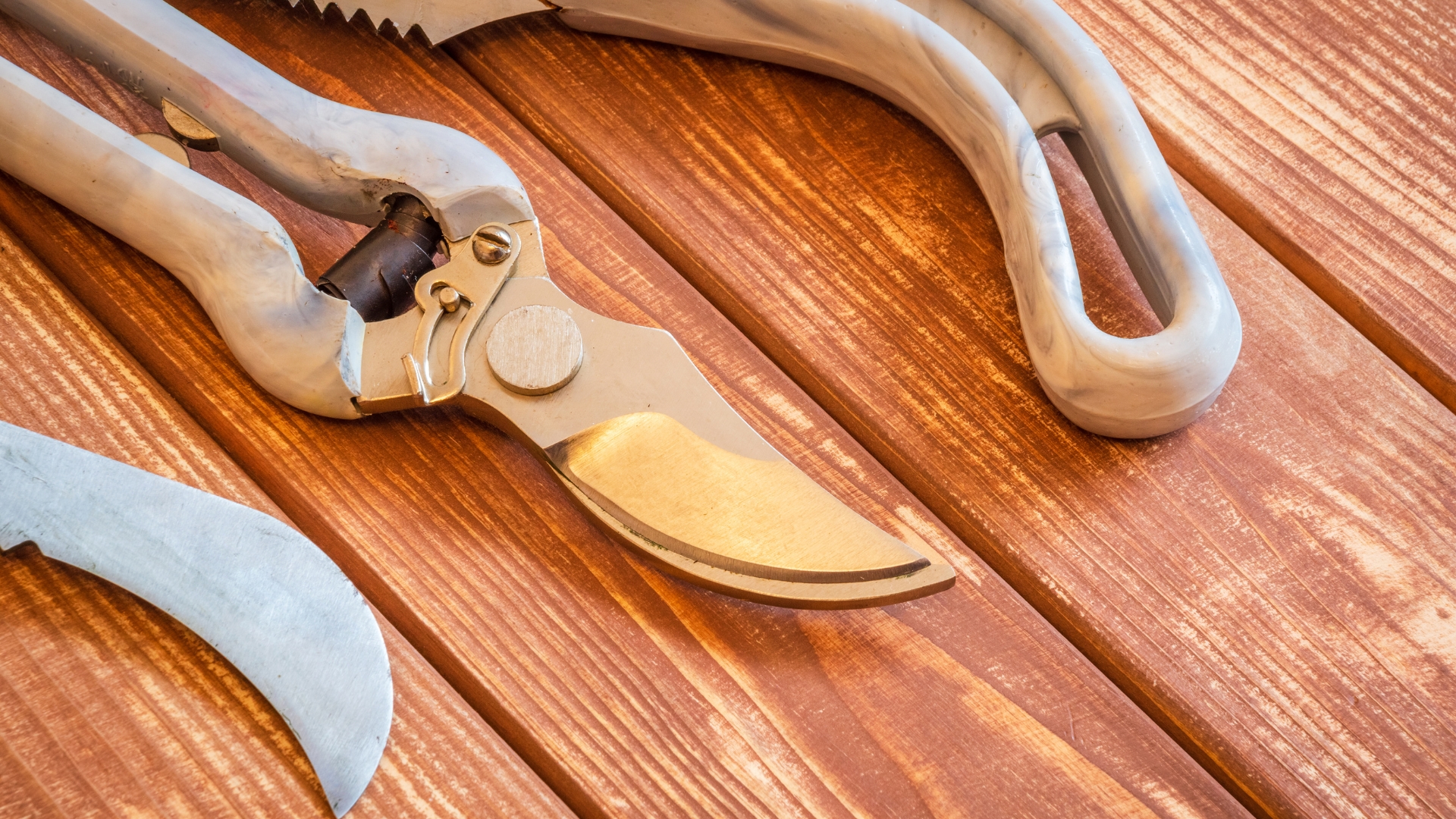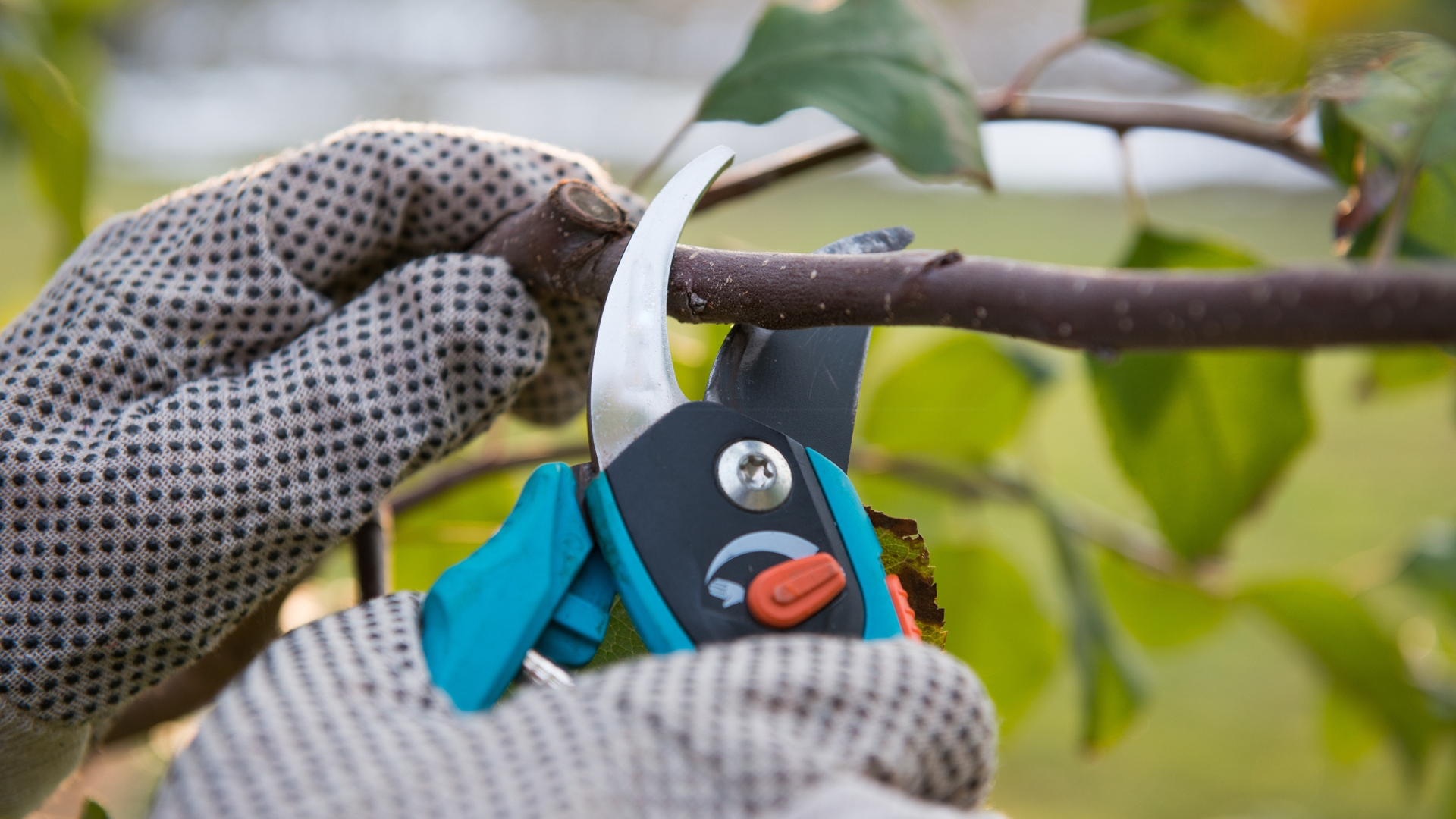In gardening, as in life, doing the right thing at the wrong time can spell disaster. I’ve learned this the hard way, watching once-thriving shrubs struggle after an ill-timed trim.
One wrong cut, and instead of encouraging growth, I set my plants back. But when done at just the right moment, pruning works like magic—shaping, strengthening, and breathing new life into bushes and shrubs.
The secret? Knowing exactly when to reach for those shears.
Prune During The Dormant Season
When trees and shrubs go dormant, they enter a period of rest, making it the perfect time for a major pruning session.
With no active growth, cuts heal faster, sap loss is minimal, and the risk of disease or pest invasion is greatly reduced. For most deciduous shrubs and trees, this means late fall to early winter—right after the leaves have dropped but before the deep cold sets in.
Shrubs like hydrangeas (except bigleaf varieties), butterfly bush, elderberry, spirea, and rose of Sharon thrive when pruned in dormancy.
Many fruit-bearing shrubs, including blueberries, currants, and elderberries, also benefit from a winter trim to encourage better yields. The same goes for large, woody bushes such as dogwood, viburnum, and smoke bush.
Removing dead or weak branches at this time sets them up for vigorous growth come spring. Just be sure to use clean, sharp tools and avoid pruning if a hard freeze is expected within a few days.
Or Wait Until Early Spring Arrives
Some plants prefer a trim just as new growth begins, making early spring the best window for pruning.
This is especially true for flowering shrubs that bloom on new wood, as cutting them back before active growth encourages stronger stems and better flower production.
Early spring pruning also helps remove any winter damage, shaping up plants before the growing season kicks into full gear.
Shrubs that do well with early spring pruning include roses, crepe myrtle, potentilla, and summer-blooming hydrangeas (like panicle and smooth hydrangeas).
Many ornamental grasses and perennials, such as Russian sage, lavender, and bee balm, also benefit from a hard cutback in early spring to refresh their growth.
However, be mindful of spring-blooming shrubs like lilacs, forsythia, azaleas, and rhododendrons—these should be pruned right after they bloom, as cutting too early can remove the buds that would have produced flowers.
Can You Trim At Any Time?
While it might be tempting to grab the shears whenever a shrub looks overgrown, don’t do it.
Some plants tolerate light trimming year-round, but cutting too much at the wrong time can weaken branches, reduce blooms, or leave plants vulnerable to disease and frost damage.
Evergreens like boxwood, juniper, and holly can handle minor shaping any time of year, as long as it’s not extreme.
Deadheading spent flowers or removing dead branches is also safe at any time.
However, major pruning should follow seasonal guidelines—summer-blooming shrubs in late winter/early spring, spring-blooming shrubs right after flowering, and structural pruning done in dormancy.
When in doubt, it’s better to wait than risk stunting your plant’s growth.
Get Ready To Prune
Pruning isn’t just about making cuts—it’s about doing it the right way with the right tools. Before you start, gather these essentials:
1. Hand pruners (bypass pruners) for small branches and detailed cuts
2. Loppers for medium-sized, thicker branches
3. A pruning saw for cutting larger limbs
4. Hedge shears for shaping hedges and dense shrubs
5. Gloves to protect your hands from thorns and sap
6. Disinfectant (like rubbing alcohol or a bleach solution) to clean tools between cuts and prevent disease spread
Before making the first cut, inspect the plant. Look for dead, damaged, or crossing branches, as these should be removed first. If shaping a shrub, follow its natural form rather than cutting it into unnatural shapes.
How To Do It Right
Pruning is all about technique—a well-placed cut can encourage strong growth, while a bad one can weaken the plant. Here’s how to do it right:
1. Start by removing dead, damaged, or diseased branches. These don’t contribute to healthy growth and should be the first to go.
2. Cut at the right spot—always just above a healthy bud, side shoot, or branch junction. Avoid leaving long stubs, as they won’t heal properly.
3. Angle your cuts slightly downward to prevent water from pooling on the exposed wood, which can lead to rot or disease.
4. Thin out crowded growth to improve airflow and light penetration, reducing the risk of fungal issues.
5. Shape the plant naturally rather than forcing an artificial shape, allowing for healthy, balanced growth.
6. Step back often to assess your progress and ensure you’re not over-pruning. It’s easy to get carried away!
With the right timing, tools, and technique, pruning can revitalize your shrubs, encourage better blooms, and keep your garden looking its best all year long.

